In the quiet hours after a long shift at the hospital, I often reflect on the stories behind each patient I’ve seen. Not just their symptoms or diagnoses, but the fractures in their lives that led them to my care. Somewhere along my journey in medicine, I found solace and wisdom in a deeply beautiful Japanese concept known as Kintsugi. More than just an art form, Kintsugi has transformed the way I approach healing, not just the body, but the spirit and soul.
Finding Meaning in the Cracks: Kintsugi as a Medical Mindset
Kintsugi, which translates to “golden joinery,” is the centuries-old Japanese art of repairing broken pottery with lacquer mixed with gold dust. The repaired piece doesn’t hide its cracks; it glorifies them. Instead of treating damage as something to conceal, Kintsugi sees brokenness as part of the object’s history—something to honor, not erase.
In medicine, especially in a fast-paced environment like mine, we are often trained to "fix" people. Find the problem. Patch it up. Move on. But healing doesn’t always follow linear logic. Chronic illness, emotional trauma, mental health battles, and even physical injury often leave behind residual scars. What if, instead of trying to make patients forget these scars, we helped them embrace them?
That’s what Kintsugi taught me—and it’s now something I consciously bring into every patient interaction.
Healing Beyond the Diagnosis: Emotional and Narrative Medicine

I work in a mid-sized community hospital in the Pacific Northwest, where patients often come from a mix of urban and rural settings. One common thread across all backgrounds is this: people long to be seen, not just treated.
Kintsugi aligns beautifully with the growing philosophy of narrative medicine, which emphasizes listening to a patient's story as an essential part of healing. The art of Kintsugi reminds me that each patient is a vessel carrying cracks from the past—grief, addiction, loss, trauma, loneliness. My job is not only to treat the illness but to honor the journey that brought them here.
When a middle-aged woman came in after a suicide attempt, I treated her physical wounds. But then I sat beside her, simply listening. She spoke about losing her son. Her words cracked open something sacred. That moment wasn’t in the medical chart. But that was the gold—in our shared humanity, we found healing.
The Gold in the Cracks: Building Trust and Resilience
Applying Kintsugi in medicine doesn’t require golden lacquer. It requires time, empathy, and presence. It’s about showing patients that they aren’t "less" because they’ve been broken. Their resilience, their survival, their courage—that’s the gold.
In many ways, modern healthcare systems can feel sterile, hurried, and impersonal. But even within these constraints, we can still practice human medicine. I try to ask questions like, “How has this illness changed you?” or “What do you need to feel whole again?” The answers are often emotional, but they guide the healing in a way lab results cannot.
Sometimes, it means acknowledging a terminal diagnosis not as failure, but as a point of connection. In those vulnerable moments, I remind patients that they are still worthy, still whole, even when medicine can no longer cure.
Read more…
Kintsugi in Medical Education: A Needed Shift
Medical education rarely teaches future doctors how to handle emotional pain, either their patients’ or their own. Yet, burnout rates among physicians are climbing, and compassion fatigue is real.
Kintsugi isn’t just for patients—it’s for us, too.
As physicians, we break sometimes. We absorb loss. We carry guilt. Instead of hiding those feelings under layers of detachment, what if we used them to grow? I’ve started mentoring younger residents and medical students by being vulnerable—sharing the stories that broke me, and the ones that made me whole again. These golden seams bind us to one another.
The Science of Empathy and the Soul of Medicine
Recent research supports what Kintsugi has intuitively taught for centuries: empathy improves outcomes. Patients who feel heard are more likely to follow treatment plans, report less pain, and heal more fully. This is especially true in populations dealing with chronic illness, mental health issues, or trauma.
In my own practice, using the Kintsugi mindset has led to more meaningful patient relationships. It has slowed me down in the best way. I don’t just see “a diabetic foot ulcer”; I see a person struggling with poverty, isolation, or loss of purpose. This depth of understanding makes the care deeper—and the results, often, more lasting.
Conclusion: Practicing Golden Joinery in Medicine
I didn’t become a doctor to fix people. I became a doctor to heal. There’s a subtle but profound difference. Kintsugi has been my quiet guide, reminding me that healing isn't about perfection—it’s about integration. It's about honoring what was broken and embracing the beauty in what has been remade.
In the end, the golden lines we help our patients carry—through our words, our empathy, our presence—are what stay with them. Not the scans. Not the prescriptions. But the feeling of being seen, honored, and healed as a whole human being.
Just like a broken bowl made beautiful by gold, every patient has a story of resilience waiting to shine through. And every physician has the chance to be the gold that helps hold it all together.






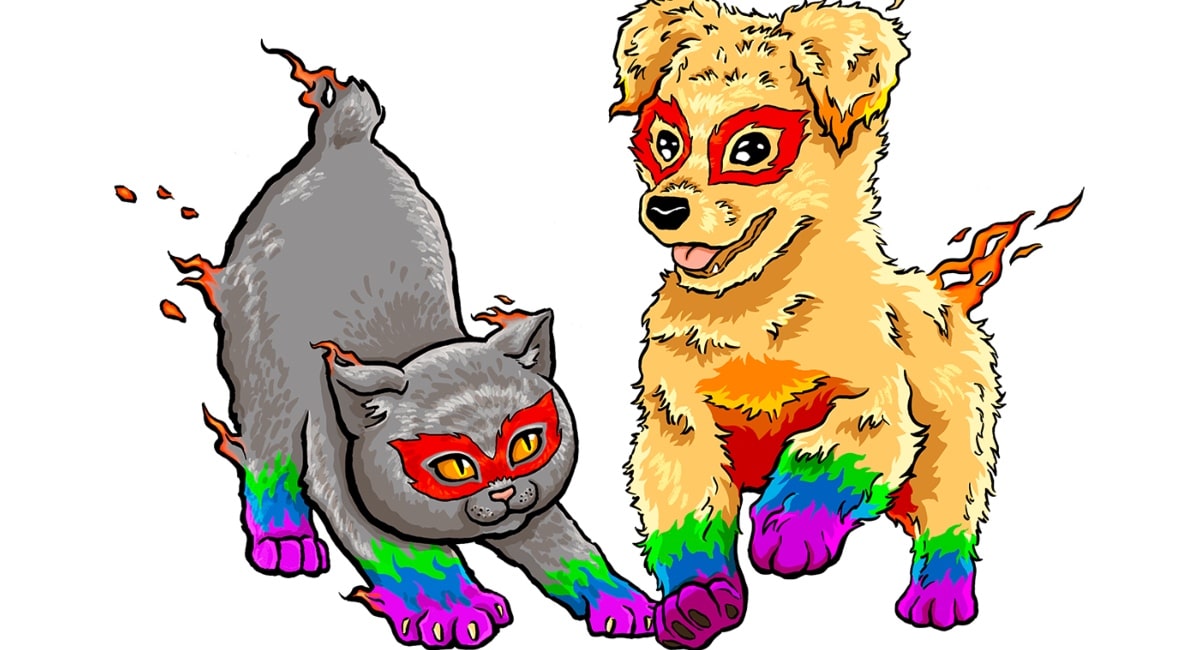

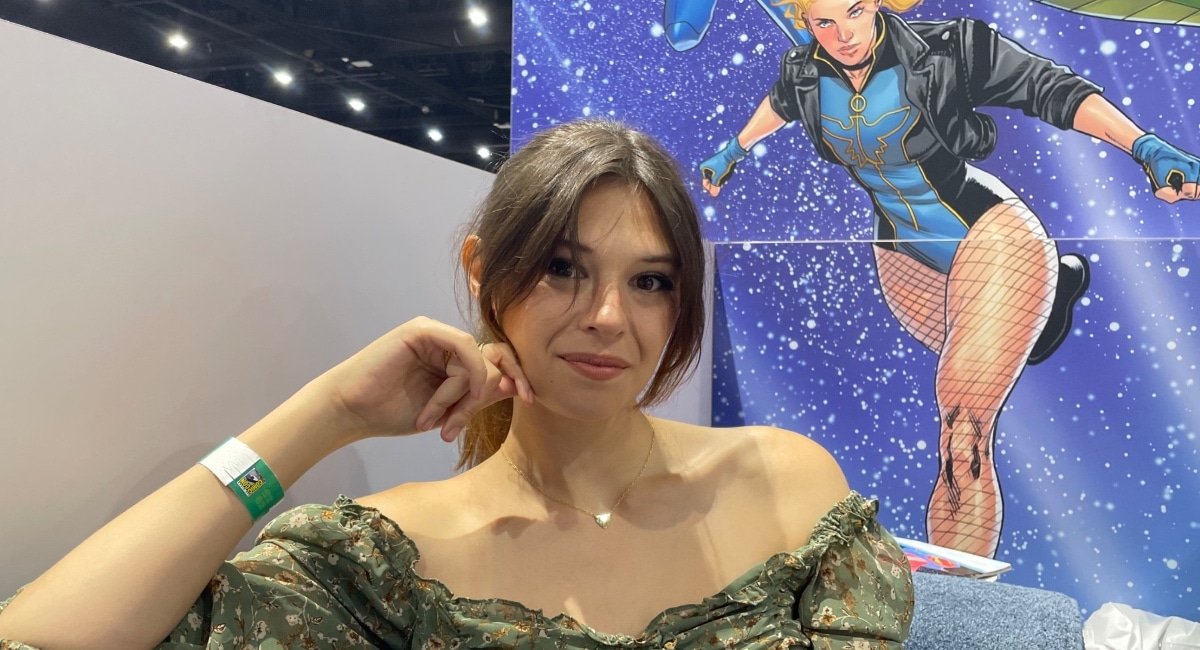
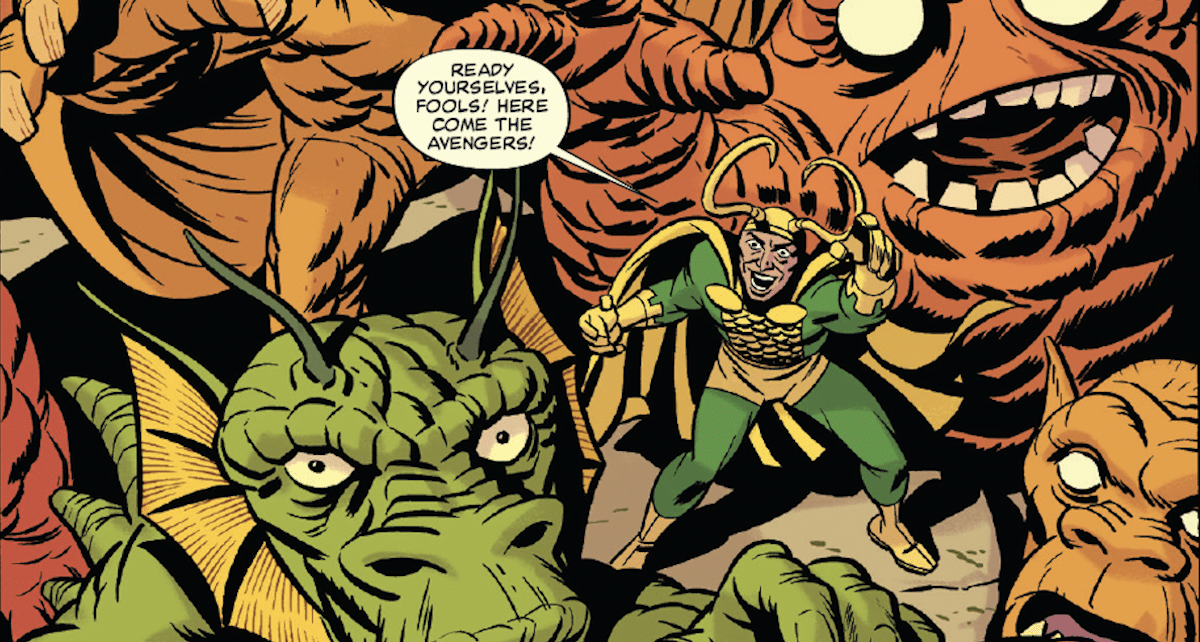
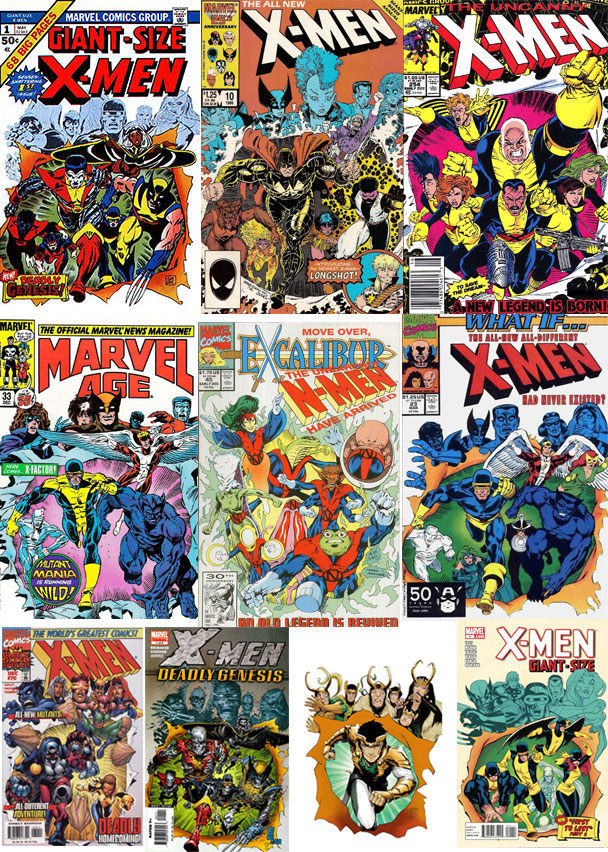



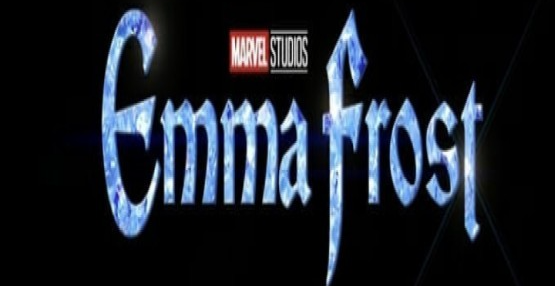


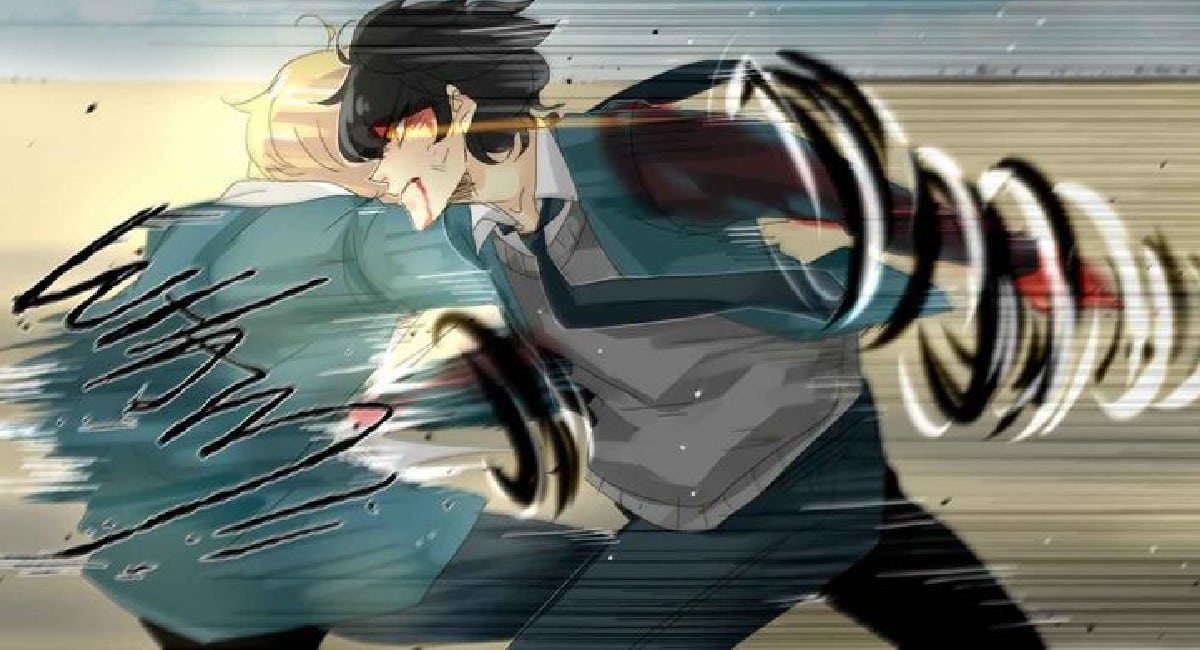

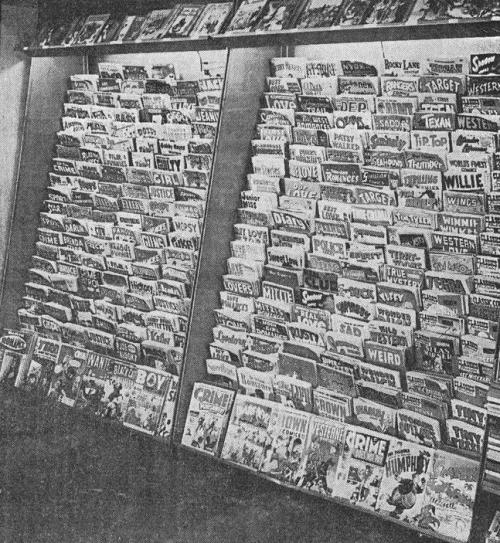
 English (US) ·
English (US) ·